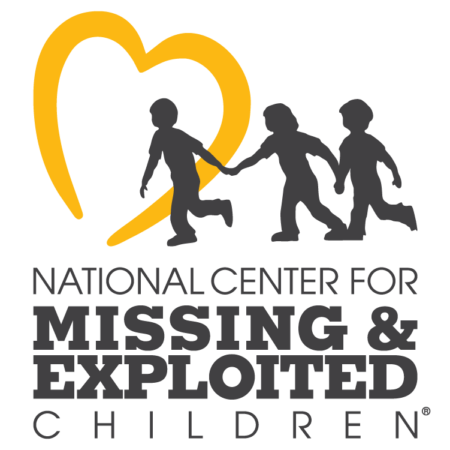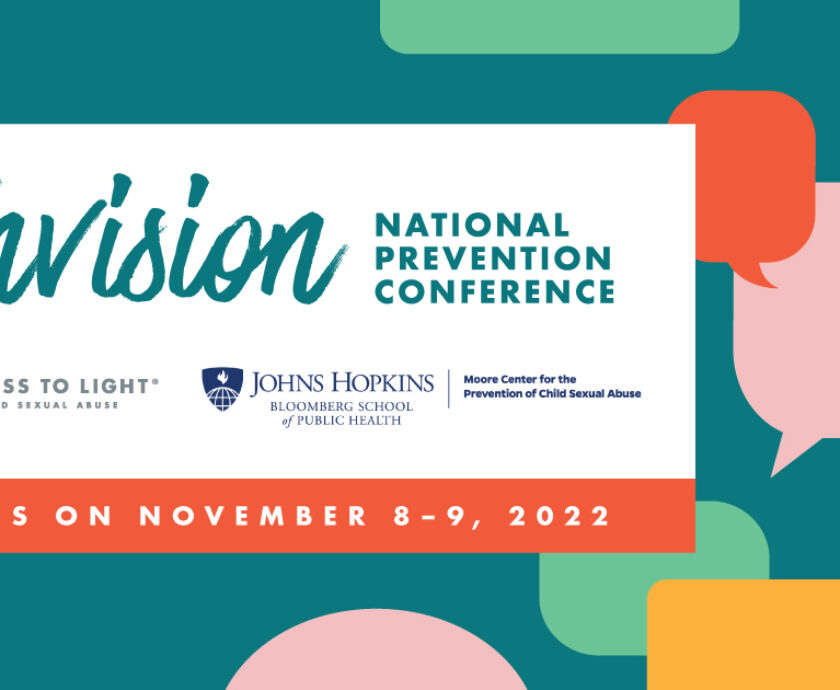The blog below, written by Darkness to Light’s Brand Manager Anna Warner, was originally published on the National Center for Missing and Exploited Children (NCMEC). The original listing can be found here.
All children need–and deserve–safety, security, and a sense of belonging. Running away may indicate that kids are not getting those needs met at home.
Running away should be a glaring red flag that something’s not right. November is Runaway Prevention Month, and as safe adults, it’s important to recognize why kids might run away and what we can do to keep them safe.
Why do kids run away?
Running away can be an escape. An adolescent may be experiencing bullying, abuse, mental health difficulties, lack of understanding and acceptance, or a host of other risk factors at home. In fact, research from National Runaway Safeline shows that youth who contacted them for assistance listed emotional abuse, physical abuse, and sexual abuse among the reasons why they reached out. Similarly, according to the National Center for Missing & Exploited Children, sexual abuse is considered a potential risk factor when it comes to children running away from home. This reinforces the fact that children and youth often run away due to abuse, or if their home feels unsafe.
Some children placed in foster care or an adoptive home might be trying to get back to their birth families or they might have been promised safety in some way – shelter, money, security—with someone else. Some children run away because they are being sexually abused after being placed in the home of a relative. Listen to Keisha’s story of why she left home:
I was born to a schizophrenic mother. She was not able to care for me because of her mental illness so I was placed with my aunt. I started being sexually abused by some adult cousins in the household at the age of four.
The first time I ran away I was five. I was with my brother and he told me that he knew how to get to my mom’s house. I still loved my mom; I didn’t know what crazy was. I didn’t know all these labels that they had put on her. I ran away and it felt like freedom. We were gone for like 4 or 5 hours and it just felt like I was free. So, whenever something became too hard for me, or something became very scary, I would just run.
And being a runaway put me at risk for being trafficked.
A common reason why kids run away from home is because, like Keisha, they’re trying to escape sexual abuse. Child sexual abuse is one of the most pervasive public health issues children face. One in 10 children in America will be sexually abused before they turn 18. This means children are much more likely to be sexually victimized than adults. Whether you realize it or not, we all know survivors. You know survivors.
While they may be running from something, they could also be running into something. It’s important to remember that running away can be the cause of adverse experiences, too. Running away makes them incredibly vulnerable to being abused or sexually exploited by people they might encounter. In fact, According to data from the National Center for Missing & Exploited Children, 1 out of 6 runaways reported missing in 2020 are likely child trafficking victims.
If we can prevent kids from being sexually abused or experiencing other forms of adverse childhood experiences, we can reduce the number of children running away and potentially being harmed while away from home. By becoming safe adults and active bystanders, we can build a future for our children where they feel safe and secure at home.
How can we help?
For those thinking about running away:
You’re not alone. There are many resources dedicated to your safety and security, and help is a click, text, or phone call away. The National Runaway Safeline has many (confidential) tools to listen, support, and help you.
Parents/Guardians:
-
-
- Make sure you foster an at-home environment of safety and comfortability for your child. Focus on building trust and making sure they know you will be there for them, no matter what happens.
- Communication is key! Clear, open, and honest discussions build healthier relationships. Be ready and willing to listen if your child comes to you with something painful, even if it hurts to hear.
- If your child runs away connect with your local law enforcement and the National Center for Missing & Exploited Children (“NCMEC”).
- Resources and support services for victims and their families are also available from NCMEC and National Runaway Safeline.
- Learn how to prevent child abuse and sexual exploitation online today and gain the skills to create safe environments, recognize red-flags, and intervene on behalf of kids.
-
Friends, Teachers, or Concerned Citizens:
-
-
- Make sure your friends, students, or the youth in your life know that you are there for them and be a safe place for them if they need it.
- Caring for children is not easy, but building a trusting, strong relationship with the young people in your life is beneficial to everyone. The National Runaway Safeline offers tips to help you effectively interact with youth.
- Learn how to prevent child abuse and sexual exploitation online so that you have practical tools for supporting your friends, students, or children in your community.
- Report kids who seem to be lost; if you see a child in need, know how to help them in the moment
- Make sure your friends, students, or the youth in your life know that you are there for them and be a safe place for them if they need it.
-
The National Center for Missing & Exploited Children is a private, non-profit 501(c)(3) corporation whose mission is to help find missing children, reduce child sexual exploitation, and prevent child victimization. NCMEC works with families, victims, private industry, law enforcement, and the public to assist with preventing child abductions, recovering missing children, and providing services to deter and combat child sexual exploitation.
Follow us on social media to stay up to date and join the conversation.





